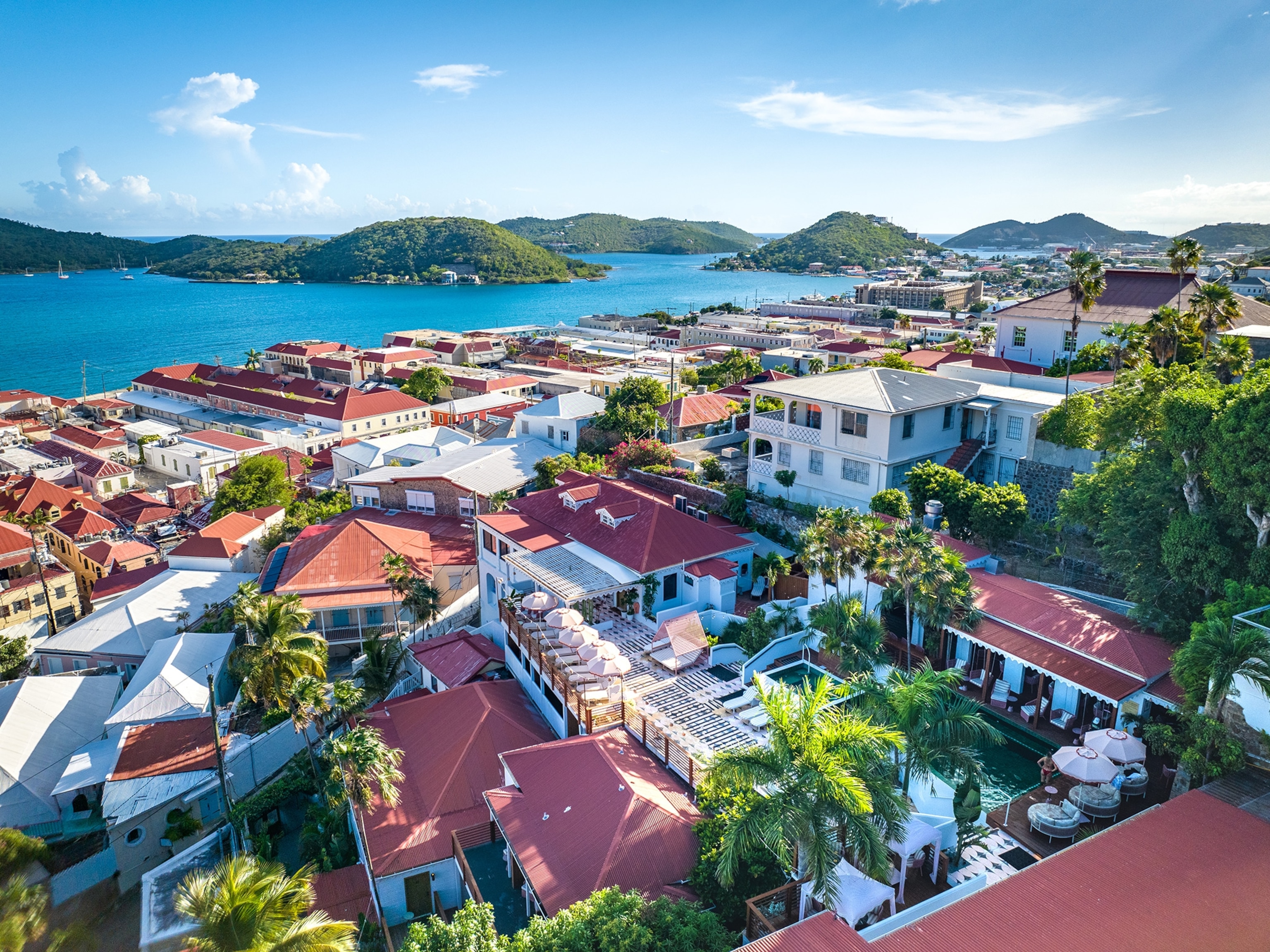Escape to Turkey's otherworldly landscape
This rocky wonderland was shaped by millions of years of natural phenomena—but human hands performed equally incredible works here.
Erosion shaped the incredible landscape of Turkey's Göreme valley, but thousands of years ago humans took a cue from Mother Nature and began carving an incredible chamber and tunnel complex into the soft rock. Beginning in the fourth century A.D., an urbanized—but underground—cultural landscape was created here.
Ancient volcanic eruptions blanketed this region with thick ash, which solidified into a soft rock—called tuff—tens of meters thick. Wind and water went to work on this plateau, leaving only its harder elements behind to form a fairy tale landscape of cones, pillars, pinnacles, mushrooms, and chimneys, which stretch as far as 130 feet (40 meters) into the sky.
But human hands performed equally incredible works here. The rocky wonderland is honeycombed with a network of human-created caves; living quarters, places of worship, stables, and storehouses were all dug into the soft stone. In fact, tunnel complexes formed entire towns with as many as eight different stories hidden underground.
Göreme was inhabited as early as the Hittite era, circa 1800 to 1200 B.C. and later sat uncomfortably on the boundary between rival empires; first the Greeks and Persians and later the Byzantine Greeks and a host of rivals. This precarious political position meant that residents needed hiding places—and found them by tunneling into the rock itself.
The site became a religious refuge during the early days of Christianity. By the fourth century Christians fleeing Rome’s persecution had arrived in some numbers and established monastic communities here. The monks excavated extensive dwellings and monasteries and created Byzantine frescoed paintings in cave chapels beginning in the seventh century, which endure in well-preserved isolation to this day.
Göreme is rich with history, but not all of Cappadocia’s troglodyte dwellings are museums. Some still serve as homes and others as hotels, which offer a truly unique hospitality experience.
The primary threats to this World Heritage site come from the forces that created it in the first place. Erosion is returning some human endeavors to a more natural state, and extensive preservation efforts are meant to ensure that the wonders of Göreme survive for another millennium. With increased tourist trade, however, humans have brought modern development and damage or destruction to some of the ancient sites they once created.







How to Get There
The town of Göreme is the main visitor center for visitors to the park, though Nevşehir, Avanos, and Urgüp also have tourist facilities. These towns can be reached via bus from Kayseri airport. Long-distance buses also run from Istanbul and Ankara to the Cappadocia region.
When to Visit
Cappadocia is settled on a high, dry plateau in the middle of Turkey. The region is one of hot, dry summers and cold, sometimes snowy, winters.
How to Visit
In gateway towns, tours and guides abound to share the highlights of the park and the Cappadocia region. Those who wish to explore a bit on their own can rent bikes, scooters, or even cars in Göreme.
Related Topics
Go Further
Animals
- How can we protect grizzlies from their biggest threat—trains?How can we protect grizzlies from their biggest threat—trains?
- This ‘saber-toothed’ salmon wasn’t quite what we thoughtThis ‘saber-toothed’ salmon wasn’t quite what we thought
- Why this rhino-zebra friendship makes perfect senseWhy this rhino-zebra friendship makes perfect sense
- When did bioluminescence evolve? It’s older than we thought.When did bioluminescence evolve? It’s older than we thought.
- Soy, skim … spider. Are any of these technically milk?Soy, skim … spider. Are any of these technically milk?
Environment
- Are the Great Lakes the key to solving America’s emissions conundrum?Are the Great Lakes the key to solving America’s emissions conundrum?
- The world’s historic sites face climate change. Can Petra lead the way?The world’s historic sites face climate change. Can Petra lead the way?
- This pristine piece of the Amazon shows nature’s resilienceThis pristine piece of the Amazon shows nature’s resilience
- Listen to 30 years of climate change transformed into haunting musicListen to 30 years of climate change transformed into haunting music
History & Culture
- Meet the original members of the tortured poets departmentMeet the original members of the tortured poets department
- Séances at the White House? Why these first ladies turned to the occultSéances at the White House? Why these first ladies turned to the occult
- Gambling is everywhere now. When is that a problem?Gambling is everywhere now. When is that a problem?
- Beauty is pain—at least it was in 17th-century SpainBeauty is pain—at least it was in 17th-century Spain
Science
- Here's how astronomers found one of the rarest phenomenons in spaceHere's how astronomers found one of the rarest phenomenons in space
- Not an extrovert or introvert? There’s a word for that.Not an extrovert or introvert? There’s a word for that.
- NASA has a plan to clean up space junk—but is going green enough?NASA has a plan to clean up space junk—but is going green enough?
- Soy, skim … spider. Are any of these technically milk?Soy, skim … spider. Are any of these technically milk?
Travel
- How to see Mexico's Baja California beyond the beachesHow to see Mexico's Baja California beyond the beaches
- Could Mexico's Chepe Express be the ultimate slow rail adventure?Could Mexico's Chepe Express be the ultimate slow rail adventure?




